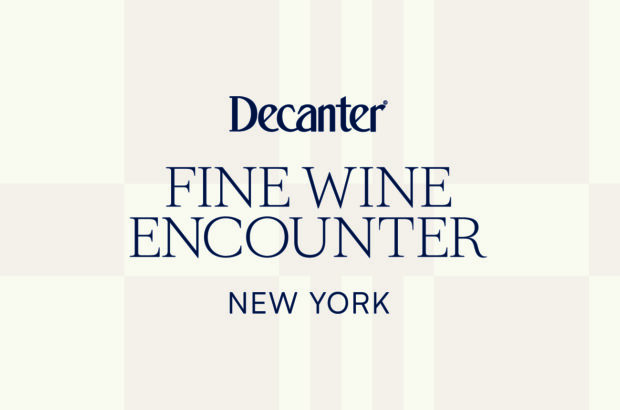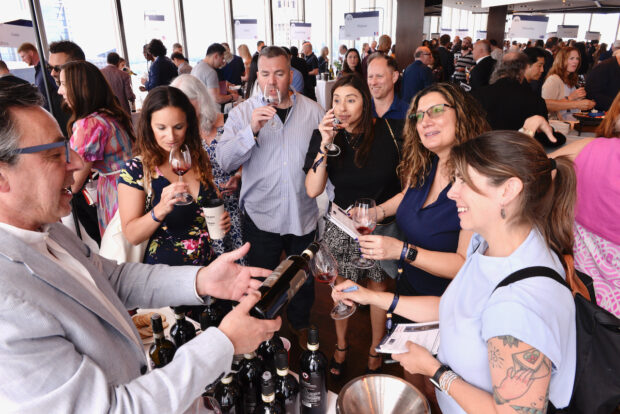Could microbes be the key? Andrew Jefford talks to McLaren Vale winemaker Drew Noon MW.
Not every vineyard is a little corner of paradise (chemicals render some infernal; topography makes others purgatorial) – yet I know one that is. It’s Drew and Rae Noon’s 5.6 ha of vines tucked away on Rifle Range Road in South Australia’s McLaren Vale. The vineyard is a large garden, with the vines tended “like grandmother’s plum tree” – and there’s a beautiful kitchen garden, too, with a chicken run, and tables under trees, and dappled sunlight. The cellar is quiet, open, peaceful, clean, simple and unhurried; the house full of books and maps. This is winemaking, you feel, as Horatian retirement: cultured, creative, secluded, thoughtful. (Drew Noon was one of Australia’s earliest MWs, and ‘retired’ back to Rifle Range Road after running vineyards in the Hunter, and consulting in Victoria.)
The Reserve Cabernet and Reserve Shiraz are both crafted from fruit which Drew Noon buys from the Borrett family in Langhorne Creek, but the family’s celebrated Grenache-based Eclipse as well as the fortified VP and the High Noon Rosé all come (since 2011) from the McLaren Vale vines alone. Drew and I have corresponded since 2010, on and off, about terroir; he and Rae follow the academic and general literature; and they allow that there are sound reasons for reserve about some of the wilder claims and looser language of unthinking terroiriste winemakers, geologically intoxicated wine writers and dithyrambic sommeliers.
The point is this, though: they have studied their own vines, individually, and their own soils for over 20 years now. They’ve tested terroir. They’ve observed differences in plant behaviour on different soils, then smelled and tasted differences in the resulting wines. Indeed even back in his Hunter Valley days, “I became convinced terroir was real because I could taste it. With Semillon at Tyrrell’s in the Hunter Valley, the wines from the sandy soils were quite different to those from the clay soils.”
Drew Noon currently accepts “that all aspects of climate play a big, probably a predominant, role in determining the character of a wine. By this I mean the weight, acid balance and mouth feel of a wine. But the nuances of flavour (what you could call the personality of the wine) that give rise to the differences between sites, I suspect, are the results of the complex interactions between the vine and the microbes in the soil and on the above-ground parts of the vine. The smaller the vineyard area under consideration, the more important is the role of the soil.” This is a key distinction; I’m sure he’s right.

Comparison of Noon West Block, sections A & B at veraison stage in 2018. Image credit: Noon.
Soil microbes and their interactions with vine roots are rightly the focus of much study at present; Noon is convinced that vines, as it were, ‘school’ their own microbial populations over the years, and that this is one reason why old, less vigorous vines counter-intuitively produce higher quality wine than young, more vigorous vines are able to. (Elaine Ingham of Australia’s Soil Foodweb Institute, Rae Noon told me, has shown how plants not only release food to nourish their own microbial populations, but can actually change the food mix in order to favour certain microbial populations.)
Drew Noon’s emphasis on above-ground microbes is less widely shared, but is not illogical. We know how much yeast populations on grape skins can differ from place to place. The aerial medium of a vine, he points out, is no less dependent on site factors than the soil medium, and every surface of a plant hosts microbes. Concern for this medium is one reason why he uses biodynamic preparations on his vines (though Noon is not a biodynamically certified vineyard).
In particular, the Noons have been able to study their Winery Block Grenache vineyard (planted in 1934) very closely. “The soil changes a little way down the rows from a gravel fan to the heavy clay which most of the vines are growing in. The soil change is quite sudden so vines only a few metres apart are growing in two different soils.” The fruit growing on the gravel never makes it into Eclipse, but is used for the rosé and the second label (Twelve Bells); whereas the fruit grown on the clays accounts for 30 to 50 per cent of the Eclipse. The two sectors naturally carry different weed populations in summer – and Drew and Rae have marked the point of difference with a line of metal sculptures.
“The vines on the gravel,” Drew explains, “look different; they appear older and more frail than the vines on the clay, many are falling slowly apart. The fruit looks different, with more tightly packed bunches and larger berries. This is the result of the soil physical properties which allows the roots on the gravel to explore a larger volume of soil (the roots are deeper and spread wider) because of the lighter texture, accessing more water. But the wine tastes different in flavour, apart from being softer and less dense. I think this is largely due to the different microbe population. Microbes,” he concludes, “are not the primary driver of wine flavour in the larger context, but I do think they could be vital to understanding the important, subtle and exciting differences that exist between sites.”
A Taste of Noon McLaren Vale wines
Read more Andrew Jefford columns on Decanter.com







